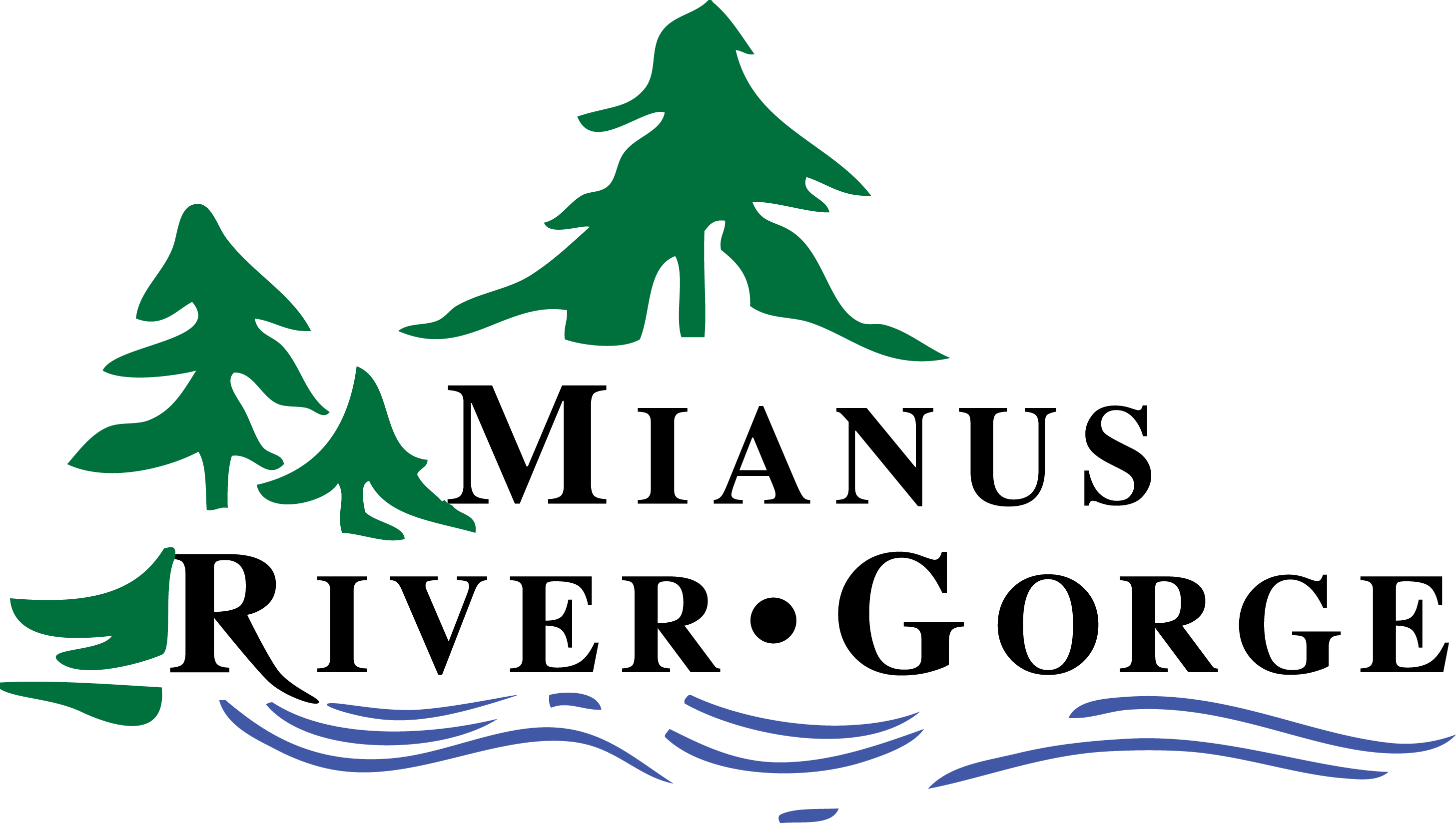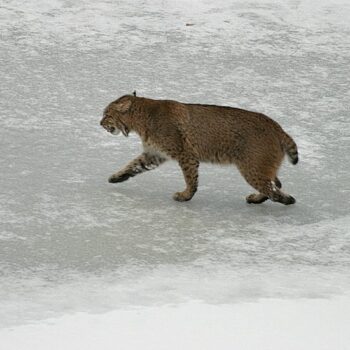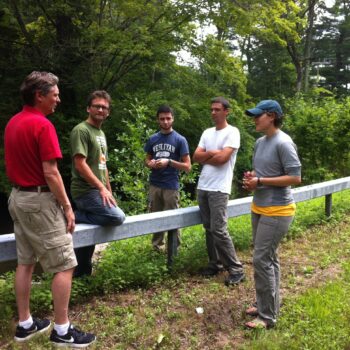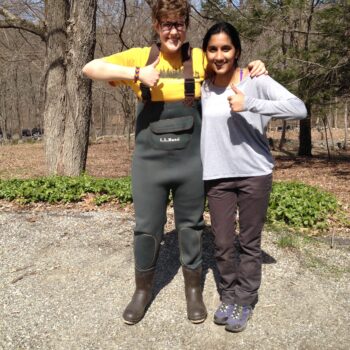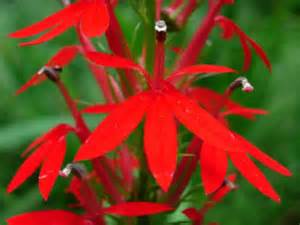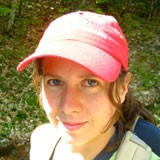The Mianus River is one of a number of the coastal rivers that empties into Long Island Sound (LIS) at Cos Cob Harbor in southwest Connecticut. Its headwaters in North Castle and Bedford, NY, drain to the Bargh Reservoir, a drinking water source for the communities of Greenwich, Stamford, Port Chester, Rye and Rye Brook. […]
George Raxworthy
Wildlife Tech Class of 2017Fox Lane High SchoolMentor: Chris Nagy (MRG) Project: Impacts of Deer Overpopulation on Red Oak Regeneration at Mianus River Gorge Project Status: Completed Project Description: White-tailed deer (Odocoileus virginianus) overpopulation is a problem throughout the north-east USA. The browsing pressures from super-abundant deer impede forest regeneration and growth in saplings. To measure the […]
Jared Ortega
Wildlife Tech Class of 2017Carmel High SchoolMentor: Chris Nagy (MRG) Project: Distribution of Fishers, Coyotes, Bobcats and Foxes in Westchester County Project Status: Ongoing Project Description: Martes pennant (Fisher), Canis latrans (Coyote), Lynx rufus (Bobcat) and Vulpes vulpes (Red Fox) are predators native to the Westchester County area. After numerous Coyote sightings and Fisher sightings in southern […]
Song Birds in Gorge Reward Bird Watchers
Bird Walk in MRG On Sunday, a group of 24 enthusiastic bird watchers joined MRG’s Preserve Manager, Budd Veverka, and Bedford Audubon’s Tait Johansson on an early morning walk through the Gorge. Starting out in a private landowner’s meadow before heading into the forest, the group listened for bird calls that were impressively identified by […]
What we’re working on this summer: Mianus River Gorge Wetlands Restoration Project
A major goal of MRG’s “Source to Sound Phase II” initiative, funded by Westchester Community Foundation and Patagonia, is to restore the compromised wetlands known as Lockwood Pond. The Mianus River Watershed is comprised of nearly 40 wetlands systems whose health and functionality directly contribute to the cleanliness of the Mianus River, an important drinking […]
Deer Overpopulation
Too many deer is a common problem to many suburban areas of the northeast. And like most of our environmental problems, it is ultimately a human-caused problem. Deer were nearly exterminated in NYS and CT by the end of the 19th century. Active reintroduction programs, new hunting regulations, the reforestation of NYS in the 20th […]
Emily Stephan
2013 RAP Award SUNY ESF – Ph.D. Candidate Sustainable Mianus River Watershed Management Plans developed with Community-based i-Tree Hydro Modeling Through urbanization we have created an “urban biogeochemistry” that involves imbalances in watershed nutrient cycles, polluted waterways, and compromised ecosystems due to adverse interactions between society and the environment. Excess and bioavailable nitrogen is of […]
Lakshmi Mahajan
Wildlife Tech Class of 2016Ardsley High SchoolMentor: Emily Stephan (SUNY ESF) Project: Incorporating spatially explicit soil infiltration rates into i-Tree watershed models Project Status: Completed Project Description: Nitrate pollution is an increasing problem in urban watersheds such as the Mianus River Gorge due to an increase in industry and urban sprawl. Denitrifying bacteria in the nitrogen cycle […]
Sarah Cosmedy
Wildlife Tech Class of 2016Ursuline AcademyMentor: Chris Nagy (MRG) Project: Wildflower regeneration in post-agricultural forests and potential for restoration Project Status: Completed Project Description: Many factors have inhibited the growth of wildflowers in forests in the Northeastern United States. Limiting factors include overabundant white-tailed deer population and altered or disturbed soil conditions in these post-agricultural forests. As […]
Rebecca Walling
2012 RAP Award SUNY ESF – Masters Candidate Measuring the Damage Caused by Invasive Earthworms in Hemlock Forests Since colonization, people have introduced earthworms to our environment. In the northern United States, there are no native earthworms. Earthworms are popularly thought of as beneficial; fishermen use them as bait, farmers add them to their fields, […]
